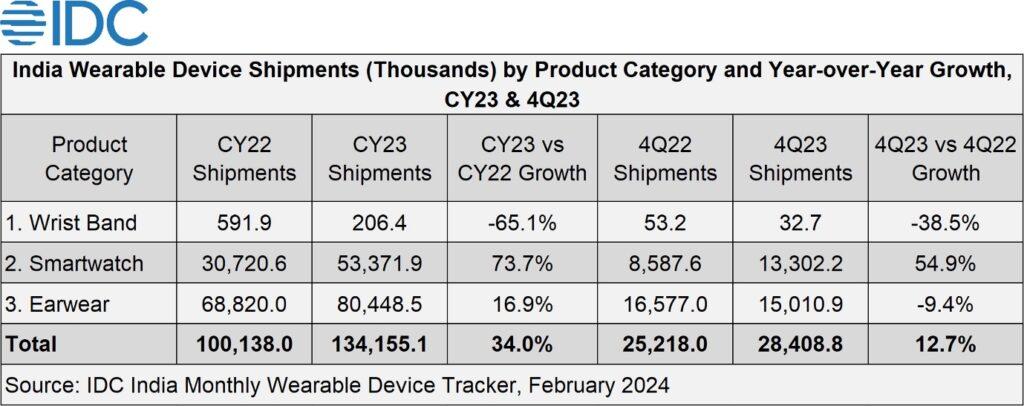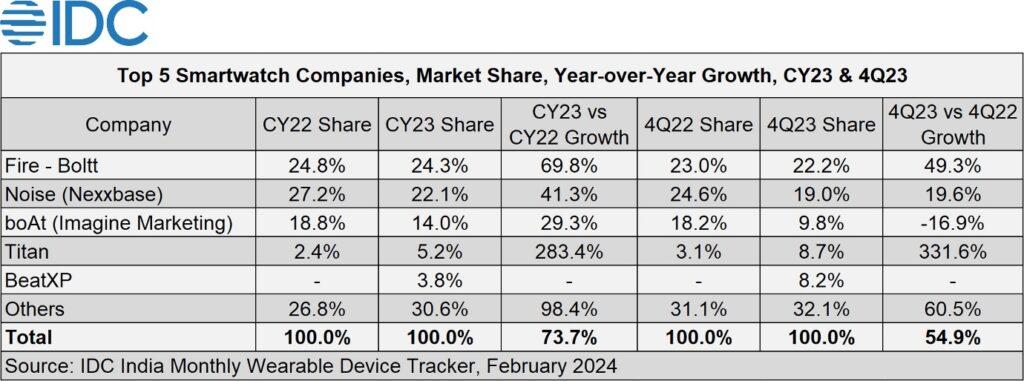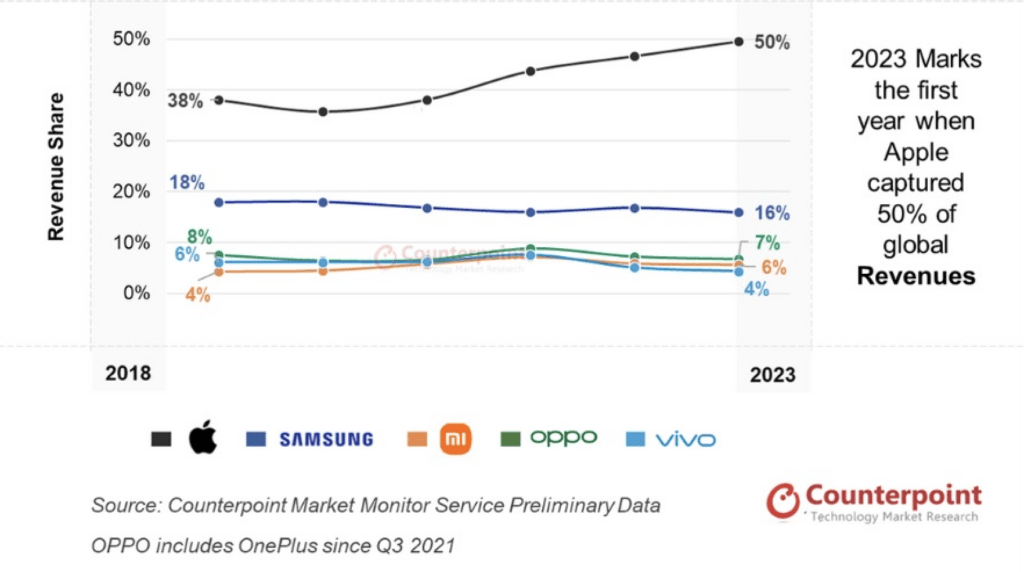Byju’s, already grappling with financial challenges, now faces an additional obstacle as its founder, Byju Raveendran, comes under suspicion of contemplating an exit from India. Citing sources, the Economic Times reported that the Enforcement Directorate (ED) has prompted the Bureau of Immigration (BOI) to issue a lookout circular (LOC) against Raveendran. This development aligns with the ongoing investigation by the ED’s Bengaluru office into potential Foreign Exchange Management Act (FEMA) violations involving both the edtech startup and its founder.
For those unfamiliar with the concept, the LOC ‘on intimation’ permits immigration authorities to notify a probe agency about an individual’s overseas travel without hindering their departure.
Recently, a group of shareholders at Byjy’s has called for an Extraordinary General Meeting (EGM) scheduled for February 23, 2024. There is uncertainty surrounding whether CEO Raveendran is deliberately avoiding participation in this meeting, or if there are other factors at play that remain undisclosed.
It is important to note that the LOC ‘on intimation’ was previously issued against Raveendran over eighteen months ago at the behest of the ED’s Kochi office. However, with the subsequent transfer of the investigation to the Bengaluru office, the necessity for an updated LOC has come to the forefront.
Over the past three years, Raveendran has been a frequent traveller, shuttling between Delhi and Dubai. Despite recent reports indicating his presence in Bengaluru earlier this week, Raveendran clarified to ET that he is presently in Dubai and intends to embark on a journey to Singapore tomorrow. This travel pattern adds another layer of complexity to the ongoing situation, raising questions about the founder’s whereabouts and potential implications for the investigation.
Underlining the significance of the Lookout Circular, a senior government official emphasized that its issuance, even with Raveendran currently overseas, serves as a preventive measure to obstruct his departure upon return. This precautionary measure is designed to protect the interests of Byju’s investors and ensure a seamless resolution to the case.
ED Previous Allegations Against Byju’s
The challenges for Byju and its founder began unfolding in April 2023 when the Enforcement Directorate (ED) conducted raids on two business premises and a residential property in Bengaluru.
The ED, through a press note, disclosed that Byju’s had received an estimated Rs 28,000 crore (Approx $3.4 billion as per today’s rate) in foreign direct investments between 2011 and 2023. Additionally, it was revealed that the company had sent approximately Rs 9,754 crores (US$1.22 billion) to foreign entities under the overseas direct investment scheme during the same period.
In response to these findings, the ED issued show-cause notices in November 2023 to Byju’s parent, Think & Learn, and Raveendran. The notices were related to alleged violations amounting to ₹9,362.35 crore under FEMA.
Against the backdrop of controversies and financial challenges, Byju’s has faced a considerable decline in its valuation over the past two years by its two major investors, Prosus and BlackRock. Prosus slashed Byju’s valuation from $22 billion in early January 2022 to less than $3 billion by November 2023. The downward trend continues as BlackRock devalues Byju’s, bringing its valuation to under $1 billion in January 2024.
In a Nutshell
Byju’s financial troubles, coupled with the ongoing ED investigations and the issuance of a lookout circular against Raveendran, create a perfect storm that could threaten the edtech company’s future.
Byju’s has vacated many of its major office properties due to non-payment issues in the last 12 months. Investors are increasingly vocal in their call for a change in leadership. The demand for the ouster of the current board, comprising Raveendran, his wife and co-founder Divya Gokulnath, and his brother Riju Raveendran, reflects the growing concern and dissatisfaction among stakeholders.
It is now evident that Byju’s cannot reclaim its status as India’s edtech giant under the current leadership of CEO Raveendran, as both employees and investors have lost confidence in his ability to steer the company effectively.


















